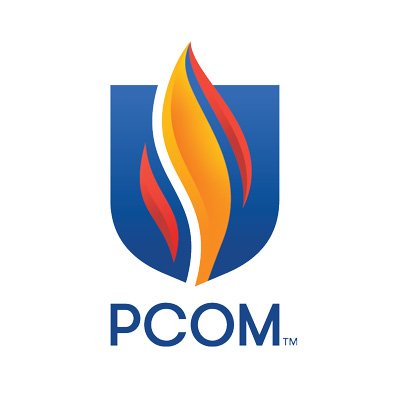Case EMS Now In Full Swing, Plans To Offer Courses
By Jenn Parson
As of Sept. 30, Case?s Emergency Medical Services (EMS) team will be on call between 7 p.m. Friday and 7 a.m. Monday. The organization was founded by two Case undergraduates and serves to provide a fast response time in the event of an emergency.
Grover and Rabkin started working with the idea in the fall of 2003, after Grover had an incident with the Cleveland EMS and noticed its long reaction time.
?I had to wait twenty minutes for an ambulance freshman year when I dislocated my knee cap,? Grover said. ?Every minute counts,? Rabkin added. Both students were EMTs and Rabkin was also a volunteer fire fighter during high school.
Grover and Rabkin founded the organization with the idea of providing timely emergency medical care. Case EMS is supported by Student Affairs and Undergraduate Student Government (USG). The group also received funding from a Presidential Initiative Grant.
?It [the grant] is available to student groups who start something unique and different,? Rabkin said.
The organization?s advisor, John Clochesy, is also the Research Director of the National Flight Nurse Academy at Case. The organization practices under the license of its medical director, Jeffery Lubin. Lubin is responsible for writing the standard operating procedure and controlling the quality of care that Case EMS provides.
The group officially became a student organization in October 2004. The first event that was covered was SpringFest last year. They were designated as the EMS stand-by.
?You?re at location in case something happens,? Rabkin said.
The weekend of Sept. 30 was the first weekend that Case EMS was on call. Though they received no calls, students were ready to answer phones for the duration of the weekend.
If an emergency call is made to security during Case EMS?s on-call hours, security and Case EMS will arrive to the scene. If necessary, Case EMS will stabilize the patient, as well as take vitals and necessary information while waiting for the Cleveland EMS to arrive.
The average time on scene needed for an EMS squad is 10 to 15 minutes. Time is spent stabilizing the patient and gathering the necessary information before the patient can be sent out.
?We save Cleveland EMS those minutes on scene,? Ari said.
The organization also offers an EMT course each year through the School of Nursing. This year?s course will begin Nov. 5. There is no tuition and students are required to provide the books for the class. The course runs for 14-16 weeks on Saturdays, amounting to a total of 140 hours.
The EMT course is a federally regulated program and provides EMT certification in Ohio only. However, an additional exam can earn a student a certificate in the national registry, which is accepted by 42 states nationwide.
Any student who takes the course must commit to one semester as a member of Case?s EMS.
Students interested in training or in joining can visit Case EMS?s website at http://caseems.case.edu.
They can also be contacted at caseems@case.edu. Both Grover and Rabkin attest to the value of being a member of Case EMS.

